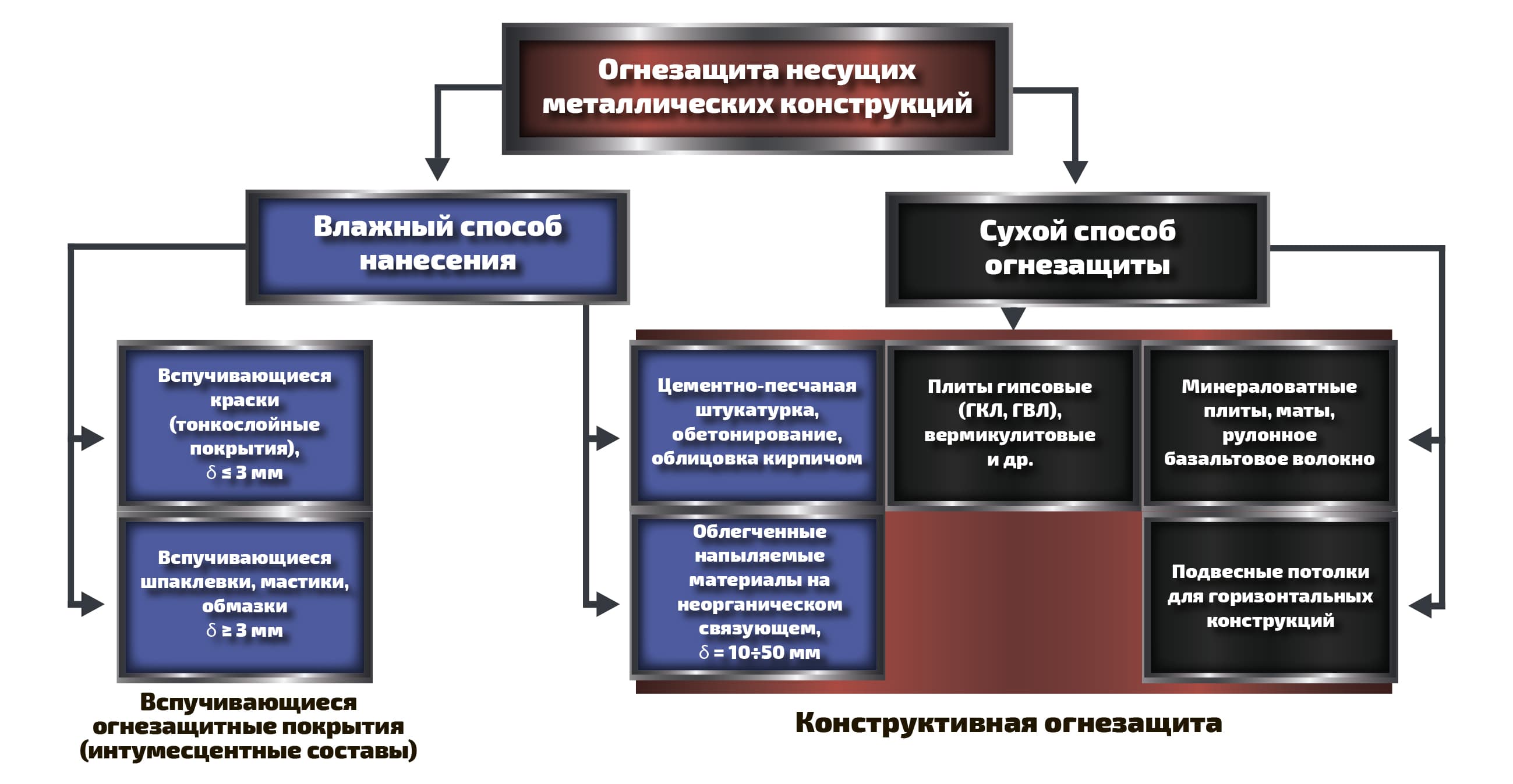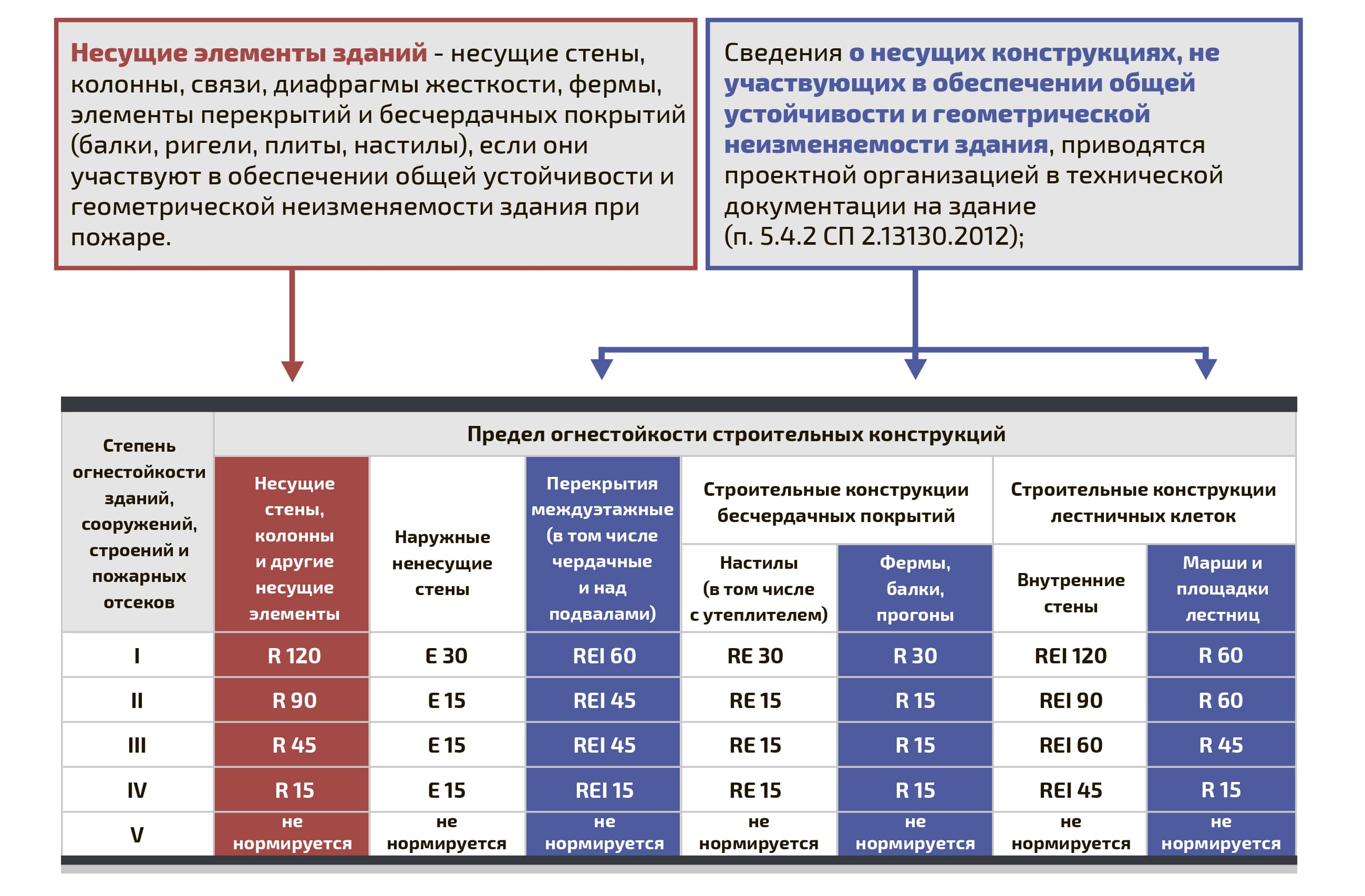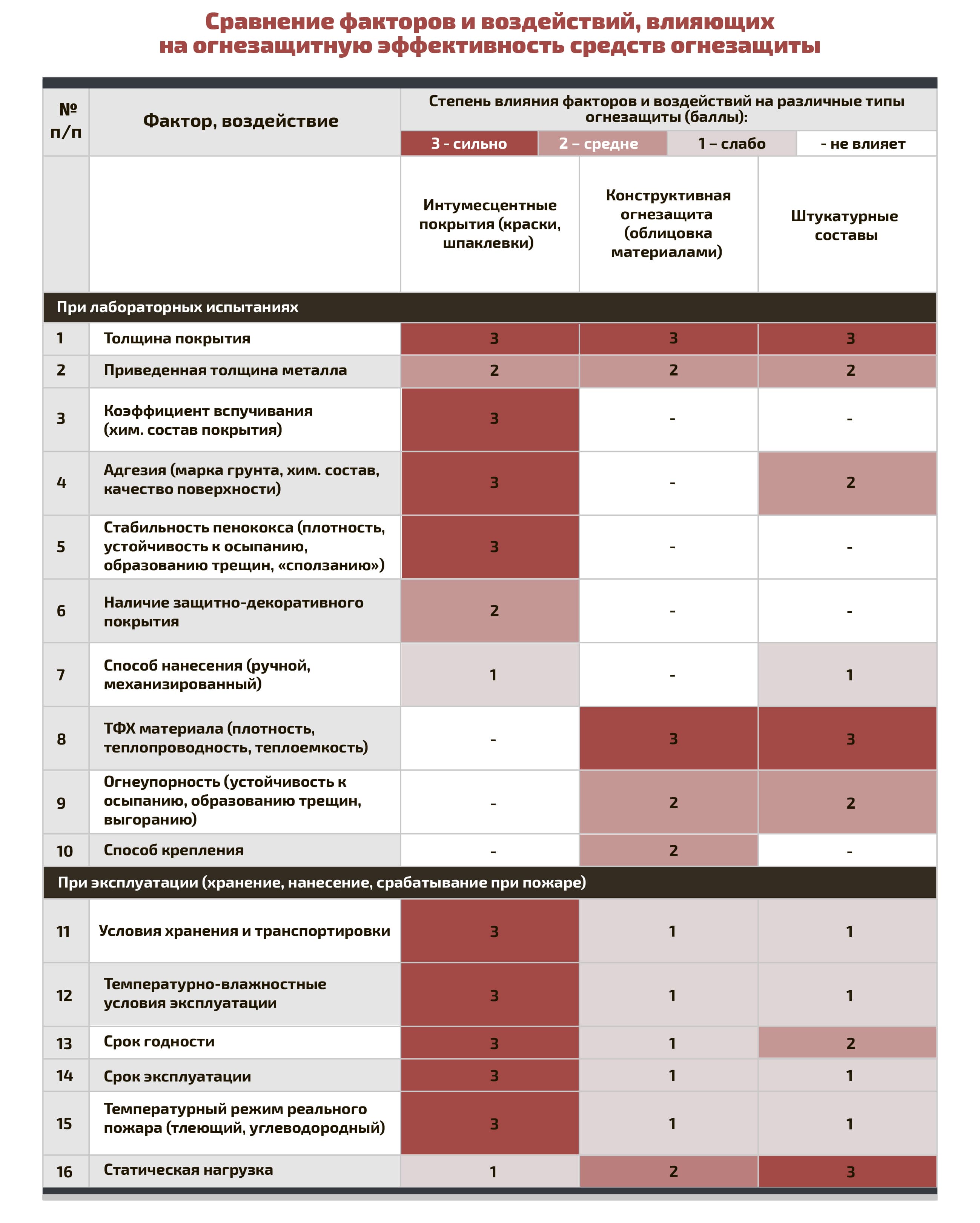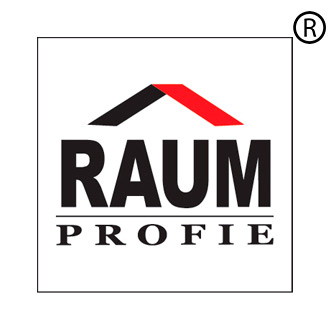What you need to know about fire protection of metal structures

Method for determination of fire-retardant efficiency group
Certification of fire protection means for metal structures is carried out according to GOST R 53295-2009 "fire protection Means for steel structures. General requirements. The method of definition of fireproof efficiency".
Steel column of I-beam section № 20 with height 1700 mm (reduced thickness of metal 3,4 mm) or steel plate 600h600h5 mm are protected by fire-retardant coating in accordance with the technology of its application, and tested on the installation to determine the fire resistance of steel structures. Thermocouples are attached to the metal surface of the samples in different places to record the temperature of the metal surface. This fixes the time during which the metal surface has reached a critical temperature (500oC) in a standard fire.the flame retardant efficiency Group is determined by the time the metal structure reaches the critical temperature.
Group of fireproof efficiency
| Time* | GOST R 53295-2009 | Example of designation |
| 15 minutes | Group 7 | R15 |
| 30 minutes | Group 6 | R30 |
| 45 minutes | Group 5 | R45 |
| 60 мminutes | Group 4 | R60 |
| 90 minutes | Group 3 | R90 |
| 120 minutes | Group 2 | R120 |
| 150 minutes | Group 1 | R150 |
Basic terms of normative documents
Fire resistance limits of building structures must comply with the adopted degree of fire resistance of buildings and structures according to table 21 № 123-FZ (part 2 of article 87 № 123-FZ):

Requirements of regulatory documents to limit the use of fire protection
In buildings of I and II degrees of fire resistance for ensuring the required limit of fire resistance of the bearing elements of the building it is necessary to apply constructive fire protection. The use of thin-layer fire-retardant coatings for steel structures, which are bearing elements of buildings I and II degrees of fire resistance, is allowed for structures with reduced metal thickness of at least 5.8 mm. (p. 5.4.3 SP 2.13130.2012);
Structural fire protection: method of fire protection of building structures, based on the creation on the heated surface of the construction of a thermal insulation layer of fire protection.
Constructive fire protection includes thick-layer sprayed compositions, plasters, facing with plate, sheet and other fire-retardant materials, including on the frame, with air layers, as well as combinations of these materials, including thin-layer intumescent coatings (p.3.2 SP 2.13130.2012, p. 3.6 GOST R 53295-2009).
thin-Layer intumescent fire-retardant coating (fire-retardant paint): method of fire protection of building structures, based on the application to the heated surface of the construction of special paints or paint systems in accordance with GOST R 28246, designed to increase the fire resistance of building structures and have fire-retardant efficiency. The principle & nbsp;action of fire-retardant paint (paint system) is based on a chemical reaction activated by fire, as a result of which the thickness of the fire – retardant coating is increased many times, forming a heat-insulating layer on the heated surface of the structure, protecting the structure from heating (p.3.13 GOST R 53295-2009, analog of p. 3.3 SP 2.13130.2012-there is no limit of thickness of 3 mm).Flame retardants for building use, provided the evaluation of fire resistance of structures with applied fireproofing materials according to GOST 30247, given mounting method (of applying), specified in the technical documentation on fire protection, and (or) development of a draft fire protection (section 5.4.3 SP 2.13130.2012).
it is Not allowed to use fire-retardant coatings and impregnations in places that exclude the possibility of periodic replacement or restoration, as well as monitoring their condition.
the choiceof the type of fire protection is carried out taking into account the operation mode of the object of protection and the established terms of operation of the fire protection covering. In the case of construction of buildings and structures in seismic area, the application of fireproofing materials shall be performed in accordance with SP 14.13330.2011 (section 5.4.3 SP 2.13130.2012).
Criteria for the selection of fire-retardant material for steel structures
- Required fire resistance;
- Type of the protected design (columns, racks, crossbars, beams, communications);
- Operating conditions, the need to protect against damage;
- Specific weight of the coating (weighting of the structure);
- Seasonality of application;
- The time of application (object under construction or operated);
- Manufacturability (complexity) of application;
- Ability to recover from damage;
- Requirements for decorative appearance;
- Cost.
Comparison of factors and effects affecting the fire-retardant efficiency of fire protection

����� ������������?
���� ����������� ������� �� ����� ������������ ������
